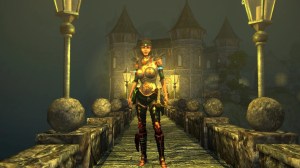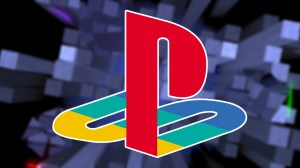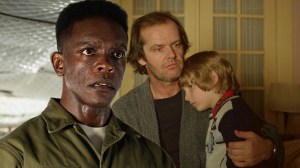Monica Rambeau’s origin story has been told throughout WandaVision, one which began in Captain Marvel with a much younger version of the character before stepping in an out of Westview nearly 30 years later rewrote her body’s cells on a molecular level. Three trips into Wanda Maximoff’s anomaly and Monica is officially on her way to becoming a full blown super hero in the Marvel Cinematic Universe, realizing her comic book destiny of being heroes known as Spectrum or Photon. For Teyonah Parris, portraying the transformation has been a blast, and one which she knew about quickly after joining the project.
Videos by ComicBook.com
“I was like, ‘What’s that? What happens? Oh my gosh. Oh my gosh,’” Parris explained to Marvel.com. She was shown concept art of the moment where Monica emerged from the Westview border for the third time, as seen in WandaVision Episode 7. “I saw magical rays, and glimmers, and stuff on the storyboards…and it was my face! And I’m like, ‘How did they do this already?’”
Being a hero is more than having abilities and powers. It is also about doing what is right. “When I sat down and talked to the [WandaVision team], they explained it to me that through Monica’s compassion, through her empathy, and her willingness to put her own body on the line, she sacrifices her own self for what she believes is the greater good [to go back to Westview],” Parris recalls. “And that happens by passing through this energy field too many times, essentially.”
In a moment which would make Deadpool proud, Monica hit the classic three-point stance outside of Wanda’s house — otherwise known as a superhero landing. “Originally, I was supposed to get thrown to the ground,” Parris continued. “And then we kind of came up with the idea of, well, what if Monica is able to now kind of harness the powers a little bit? And so we landed on that landing. That was the first moment where I really got to feel like, ‘ooh, a Super Hero.’”
Monica, in Captain Marvel, was 11-years-old and tremendously close with both Carol Danvers and her moth Maria Rambeau. In the time since, Maria has passed away. The grief of losing her mother (and a possible beef with Captain Marvel) is all part of what excites Parris, as the complexity of Monica is beginning to shine through. “[Director] Matt [Shakman] guided me through [the scene],” Parris continued. “He had in his mind how it would all mesh together. I just tried to imagine the grief and the heaviness of Monica losing her mom and not being there, and the heaviness of the guilt. And then essentially at the end, wanting to make her proud, wanting to show [Maria Rambeau] that I will move forward.”
“And a part of it also almost felt like, when you don’t cry, when you don’t stop to grieve and then finally somebody says one thing and all of a sudden, it’s just, ‘ah.’ That was Monica’s actual physical moment to grieve and to just scream and let it out, whereas before she’s been trying to get through it by helping Wanda, by throwing herself into work. But in this one moment here, she got to really sit in her grief and move through it physically. We saw the physical manifestation of Monica moving through her grief.”
Are you excited to see Monica explore her super powers in the Marvel Cinematic Universe? Share your thoughts in the comment section or send them my way on Instagram!
For more Marvel chatter, subscribe to our Phase Zero podcast. New episodes every Friday, available on all major podcast platforms.








